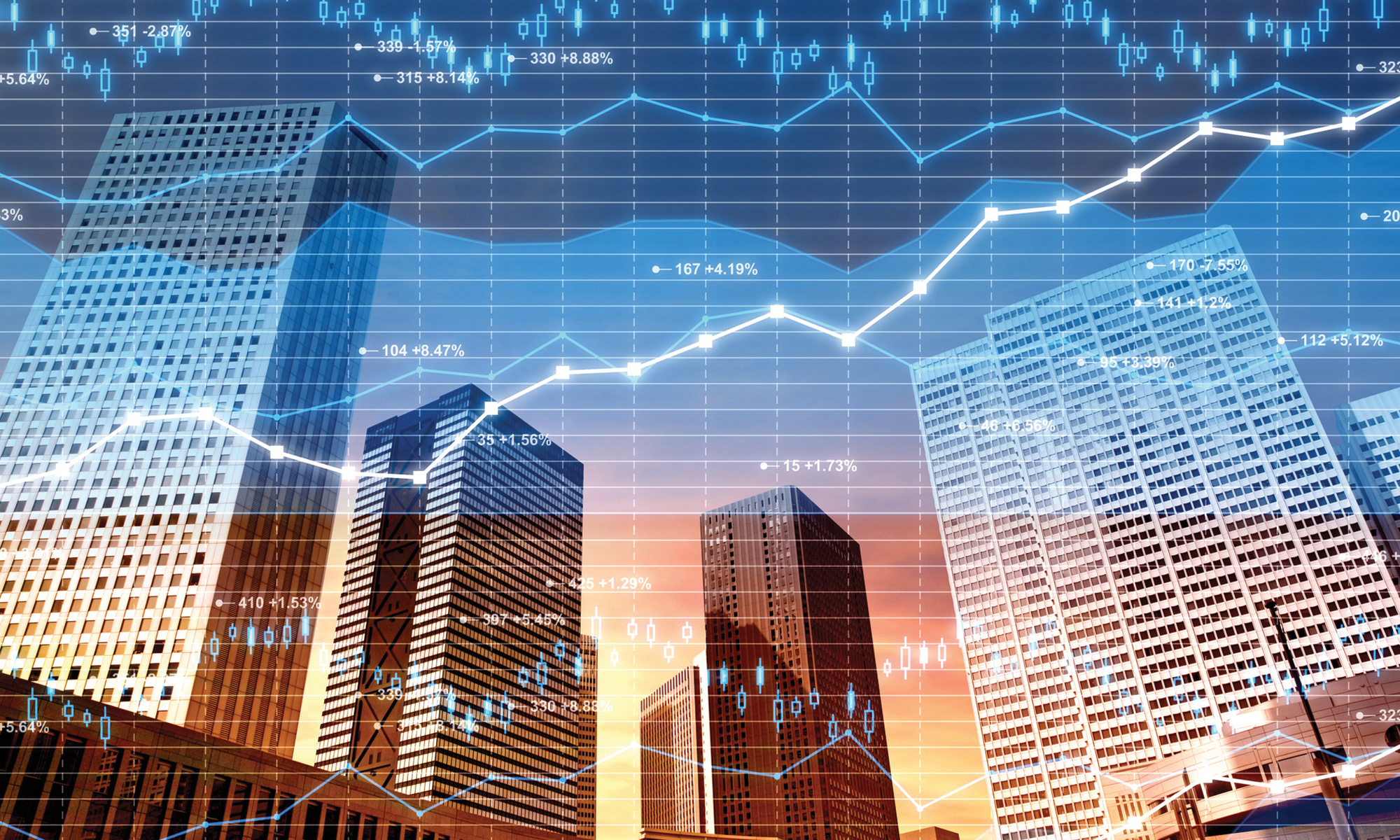Earlier this week, the U.S. Green Building Council (USGBC) announced its list of Top 10 States for LEED green building. Congrats to Colorado who took the top spot on the list, which ranks states based on the number of LEED certified square feet per person. Yes slightly odd way to measure things but they are the ones counting so onward we roll.
LEED, as you likely know, stands for Leadership in Energy and Environmental Design, and is the most widely used green building rating system in the world with more than 100,000 projects engaged.
This year’s top states are home to more than 105 million people, including more than 80,000 LEED green building professionals with the credentials and skills needed to support the sustainable transformation of buildings.
LEED-certified projects support personal health and well-being, as well as use less energy and water, reduce carbon emissions and have been proven to save money for families, businesses and taxpayers.
Per USGBC, the Top 10 list is based on 2010 U.S. Census data and includes commercial and institutional green building projects certified throughout 2019.
Colorado certified 102 green building projects representing 4.76 square feet of LEED-certified space per resident. The state has made the Top 10 list each year but jumped to the top spot after ranking sixth in 2018.
Minnesota and Oregon reemerged as Top 10 states after missing the list last year, coming in at number eight and nine respectively. The full rankings are as follows:
2019 Top 10 States for LEED
Rank State, Certified Gross Square Footage (GSF), GSF Per Capita, Number of Projects Certified, and LEED Professionals
1 CO 23,962,344 4.76 102 6,339
2 IL 49,363,822 3.85 121 8,662
3 NY 72,778,916 3.76 193 12,576
4 MA 24,505,512 3.74 101 6,827
5 HI 4,083,713 3.00 121 1,145
6 MD 15,234,554 2.64 96 4,998
7 VA 19,981,112 2.50 98 6,526
8 MN 12,708,706 2.40 25 3,346
9 OR 8,825,432 2.30 33 2,908
10 CA 80,669,066 2.17 400 26,794
** DC 31,810,018 52.86 143 2,597
**Washington, D.C. is not ranked as it is a federal district, not a state
USGBC calculates the list using per capita figures to allow for a fair comparison of the level of green building taking place among states with significant differences in population and number of overall buildings.
Despite Washington, D.C. not appearing in the official Top 10 list because of its status as a federal territory, it consistently leads the nation and in 2019 certified 52.86 square feet of space per resident across 143 green building projects. The nation’s capital has a strong legacy of sustainability leadership and has expanded its use of LEED from buildings to cities and communities to support its goals.
In 2017, it became the first LEED-certified city and in 2019 certified the Golden Triangle Business Improvement District LEED Platinum, the first business improvement district in the world to certify.
Across the U.S. there are more than 165,000 LEED green building professionals.
As USGBC continues to advance green buildings, cities and communities through the adoption of LEED and the latest version of the rating system, LEED v4.1, the organization is also considering a future that is focused on a more regenerative approach.
In November 2019 at the annual Greenbuild International Conference & Expo, USGBC introduced “LEED Positive” – a roadmap that will lay the foundation for a future of LEED that transitions away from strategies that only reduce harm and instead focus on those that help repair and restore. With a continued focus on performance, USGBC is attempting to lay the groundwork to ensure sustainable design, construction and operations of buildings, cities and communities remains focused on better buildings that contribute to better lives.
For more on LEED and sustainability, do not hesitate to email or call and we would be happy to discuss this and other ESG, CSR and sustainability topics. Best regards. -Brad
